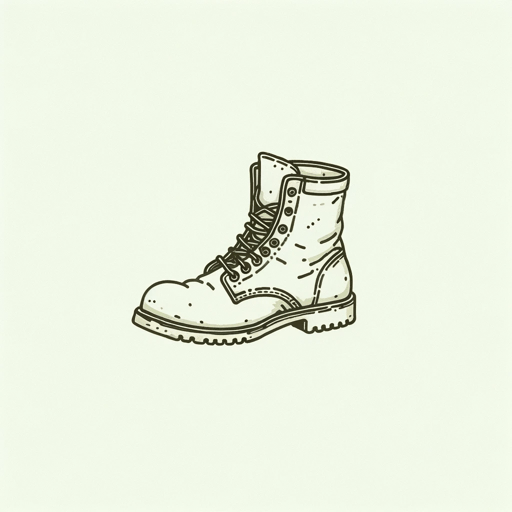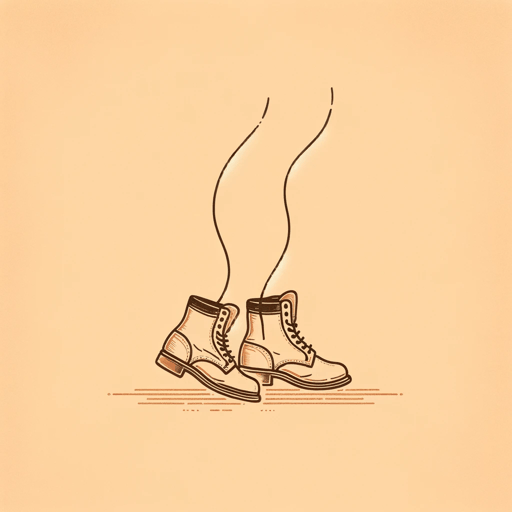18 pages • 36 minutes read
Philip LevineWhat Work Is
Fiction | Poem | Adult | Published in 1991A modern alternative to SparkNotes and CliffsNotes, SuperSummary offers high-quality Study Guides with detailed chapter summaries and analysis of major themes, characters, and more.
Poem Analysis
Analysis: “What Work Is”
“What Work Is” begins with a third person pronoun, with Philip Levine including both himself or the speaker and the reader: “We stand in the rain in a long line” (Line 1). This pronoun accomplishes several things: it engages the reader by immediately including them in the action of the poem, it creates a sense of intimacy between the speaker/poet and the reader (as if they shared some set of circumstances), and it interpretively opens up the poem’s potential subjects to the extent that it creates a sense of ambiguity about the poem’s characters.
However, it is the setting of the poem that is most important in its opening: people waiting in an employment line at “Ford Highland Park” (Line 2). The poem then introduces its second pronoun, this time in the second person: “You know what work is—if you’re / old enough to read this” (Lines 3-4). Levine introduces class inequality here by making the reader reflect on his own class status: “you know what / work is, although you may not do it” (Lines 4, 5). This disparity between those required to do hard labor to survive and those members of a high enough economic class that are not dependent on work to survive will be important throughout the poem.
Related Titles
By Philip Levine



